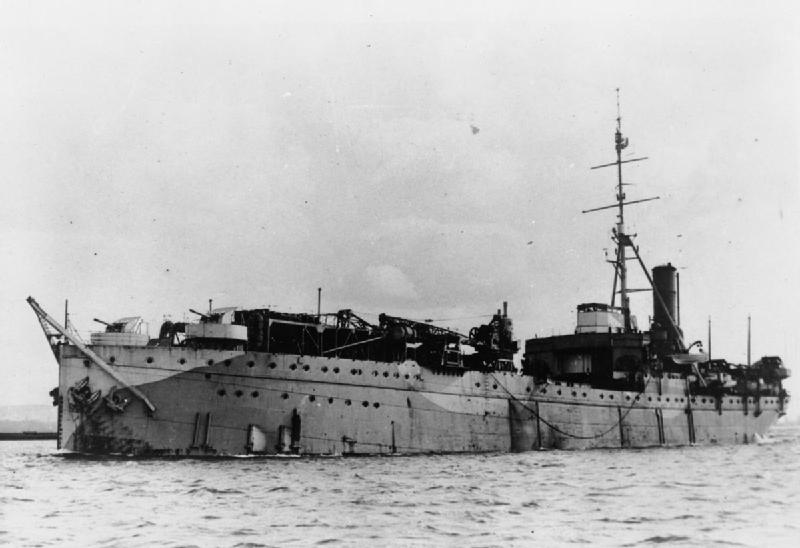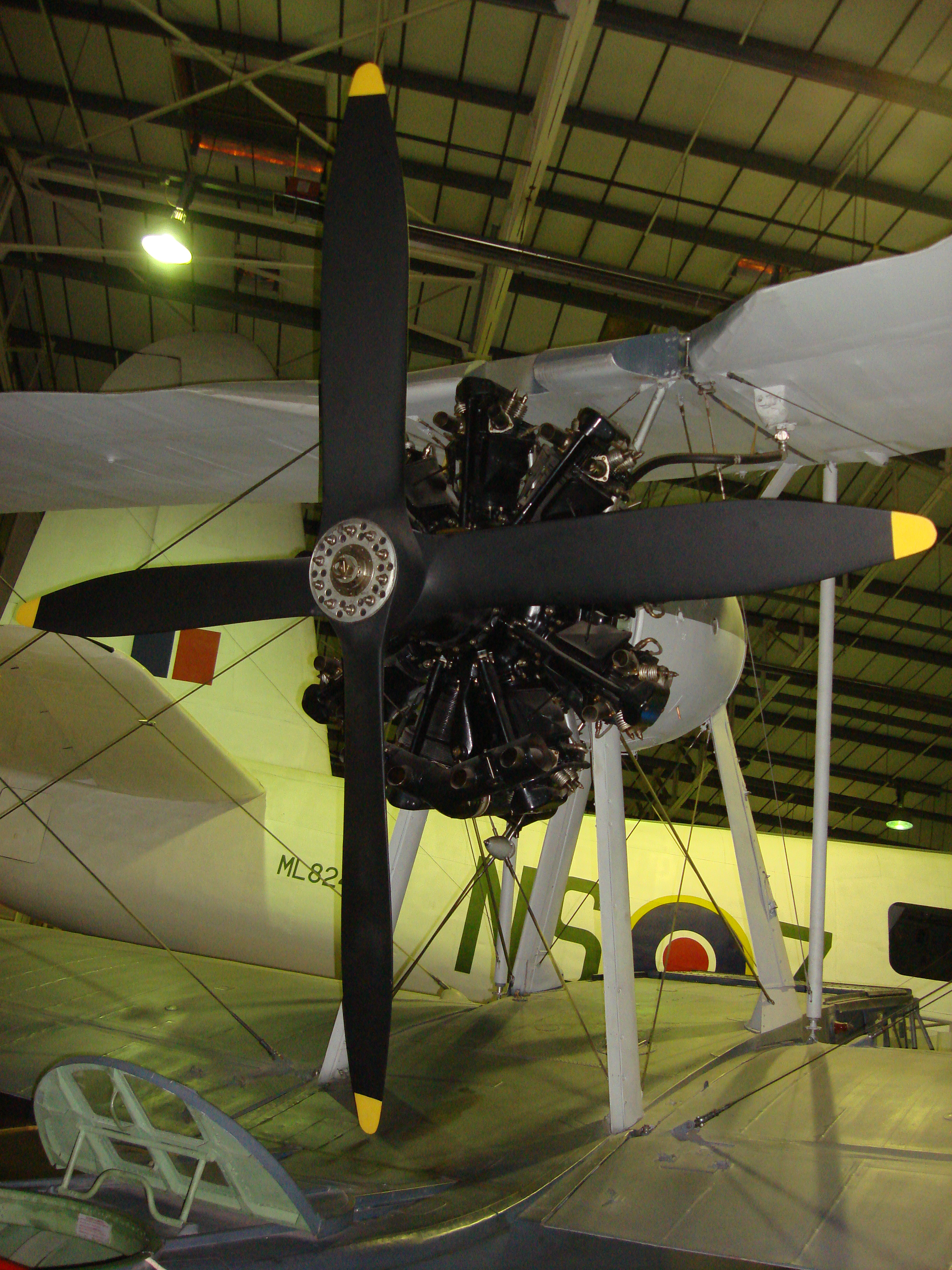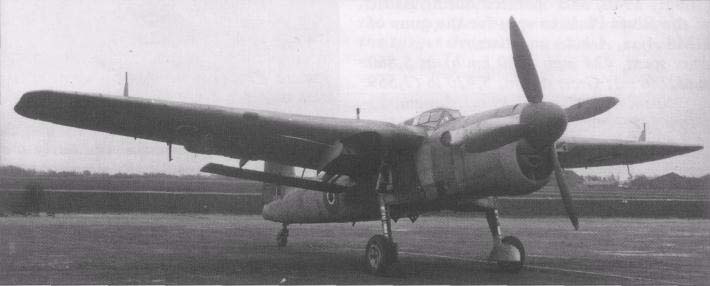|
RNAS Inskip (HMS Nightjar)
Royal Naval Air Station Inskip (RNAS Inskip, also known as HMS ''Nightjar''), was a Royal Navy Fleet Air Arm airbase near the village of Inskip, Lancashire, England. It saw considerable aircrew training activity towards the end of the World War II, Second World War. In the 1960s and 70s it was a Royal Navy transmitting station known as HMS ''Inskip''. It is now a military high frequency radio transmitting station known as Ministry of Defence (United Kingdom), MOD Inskip. History On 4 June 1942 Admiralty (United Kingdom), the Admiralty acquired of farmland between Preston, Lancashire, Preston and Blackpool from John Stanley, 18th Earl of Derby, Lord Derby. It planned to build an airfield, to be called RNAS Elswick, for the training of Anti-submarine warfare, anti-submarine and two-seat strike crews. The location was chosen because of the relatively quiet airspace in the north-west of England and the proximity of coastal ranges in the Morecambe Bay area. Construction of the runwa ... [...More Info...] [...Related Items...] OR: [Wikipedia] [Google] [Baidu] |
MOD Antenna Farm Outside Inskip
Mod, MOD or mods may refer to: Places * Modesto City–County Airport, Stanislaus County, California, US Arts, entertainment, and media Music * Mods (band), a Norwegian rock band * M.O.D. (Method of Destruction), a band from New York City, US * The Mods (band), a punk rock band from Toronto, Canada Other uses in arts, entertainment, and media * Manufactured on demand for CD, DVD distribution * ''Mod'' (film), 2011 * ''The Mods'' (film), 2014 * Video game modding * , a Scottish Gaelic festival * Media-on-demand * ''MuchOnDemand'', a Canadian TV program Brands and enterprises * Mod Club Theatre, Toronto, Canada * MOD Pizza, US Organizations * MoD, Ministry of defence of some countries ** MoD (UK), Ministry of Defence * Masters of Deception, a US hacker group * Ministry of Development (Brunei) Science and technology Computing and Internet * Mod, a module for Apache HTTP Server * Case modding of a computer * Forum moderator, of an online forum * Module file, a music file form ... [...More Info...] [...Related Items...] OR: [Wikipedia] [Google] [Baidu] |
735 Naval Air Squadron
735 Naval Air Squadron (735 NAS) was a Fleet Air Arm (FAA) naval air squadron of the United Kingdom’s Royal Navy (RN). It was active from 1943 as an ASV Radar Training Unit. Forming at HMS ''Nightjar'', at RNAS Inskip, Lancashire, in 1944 the squadron moved to HMS ''Ringtail'', RNAS Burscough, also in Lancashire. Various flights from the squadron moved on to form other Naval Air Squadrons, with the squadron eventually disbanding in 1946. History ASV Training Unit (1943–1946) 735 Naval Air Squadron was formed at RNAS Inskip (HMS ''Nightjar''), located near the village of Inskip, Lancashire, England, on the 1 August 1943, as an air-to-surface-vessel (ASV) radar training unit and remained there until the 18 March 1944. The squadron flew Fairey Swordfish I & II, a biplane torpedo bomber, and Avro Anson Mk.I, a multi-role training aircraft. The Avro Ansons were used for both ASH ( Airborne to Surface Homing) and ASV radar training. 735 Naval Air Squadron originally compri ... [...More Info...] [...Related Items...] OR: [Wikipedia] [Google] [Baidu] |
Fulmar
The fulmars are tube-nosed seabirds in the family Procellariidae. The family includes two extant species, and two extinct fossil species from the Miocene. Fulmars superficially resemble gulls, but are readily distinguished by their flight on stiff wings, and their tube noses. They breed on cliffs, laying one or rarely two eggs on a ledge of bare rock or on a grassy cliff. Outside the breeding season, they are pelagic, feeding on fish, squid and shrimp in the open ocean. They are long-lived for birds, able to live to over 45 years old. Historically, temperate Atlantic populations of the northern fulmar lived on the islands of St. Kilda, where it was extensively hunted, and Grimsey (Iceland). The species has expanded its breeding range eastwards and southwards to the coasts of the Faroes, Britain and Ireland, northern France, Norway and Heligoland, as well as around the coast of Iceland and to southern Greenland. Arctic populations are found in Baffin Island, Jan Mayen and Sv ... [...More Info...] [...Related Items...] OR: [Wikipedia] [Google] [Baidu] |
Grumman TBF Avenger
The Grumman TBF Avenger (designated TBM for aircraft manufactured by General Motors) is an American World War II-era torpedo bomber developed initially for the United States Navy and Marine Corps, and eventually used by several air and naval aviation services around the world. The Avenger entered U.S. service in 1942, and first saw action during the Battle of Midway. Despite the loss of five of the six Avengers on its combat debut, it survived in service to become the most effective submarine killer and most widely-used torpedo bomber of World War II, sharing credit for sinking the super-battleships and and being credited for sinking 30 submarines. Greatly modified after the war, it remained in use until the 1960s.Wheeler 1992, p. 53. From 1942-on, production of the Avenger (in fact nearly three quarters of its the total production) was subcontracted to a purposely established division of General Motors: the Eastern Aircraft Division. Design and development The Dougl ... [...More Info...] [...Related Items...] OR: [Wikipedia] [Google] [Baidu] |
763 Naval Air Squadron
763 Naval Air Squadron (763 NAS) was a Fleet Air Arm (FAA) naval air squadron of the United Kingdom’s Royal Navy (RN). It formed in 1939 as the Torpedo Spotter Reconnaissance Pool No. 1, at HMS ''Kestrel'', RNAS Worthy Down. Three months later, it moved to the short-lived RNAS Jersey, in the Channel Islands, before moving back to Worthy Down via HMS ''Daedalus'', RNAS Lee-on Solent and disbanded in 1940. The squadron reformed, on the seaplane carrier HMS ''Pegasus'', as a Seaplane Training Squadron, in 1942. This role lasted around two years and the squadron continually operated and provided training from HMS ''Pegasus'', until disbanding in 1944. Roughly two months later, the squadron reformed again, this time at HMS ''Nightjar'', RNAS Inskip, as an Anti-submarine Operational Training Squadron and remained in this role for just over one year, disbanding in July 1945. History Torpedo Spotter Reconnaissance Pool No. 1 (1939-1940) 763 Naval Air Squadron formed, on 15 Decemb ... [...More Info...] [...Related Items...] OR: [Wikipedia] [Google] [Baidu] |
Airspeed Oxford
The Airspeed AS.10 Oxford is a twin-engine monoplane aircraft developed and manufactured by Airspeed Ltd, Airspeed. It saw widespread use for training Commonwealth of Nations, British Commonwealth aircrews in navigation, radio-operating, bombing and gunnery roles throughout the World War II, Second World War. The Oxford was developed by Airspeed during the 1930s in response to a requirement for a trainer aircraft that conformed with List of Air Ministry specifications#1930.E2.80.931939, Specification T.23/36, which had been issued by the British Air Ministry. Its basic design is derived from the company's earlier Airspeed Envoy, AS.6 Envoy, a commercial passenger aircraft. After its maiden flight by Percy Colman on 19 June 1937, it was quickly put into production as part of a rapid expansion of the Royal Air Force (RAF) in anticipation of a large-scale conflict. As a consequence of the outbreak of war, many thousands of Oxfords were ordered by Britain and its allies, including ... [...More Info...] [...Related Items...] OR: [Wikipedia] [Google] [Baidu] |
762 Naval Air Squadron
762 Naval Air Squadron (762 NAS) was a Fleet Air Arm (FAA) naval air squadron of the United Kingdom’s Royal Navy (RN). It formed at HMS ''Heron'', RNAS Yeovilton, in March 1942 as an Advanced Flying Training School. Almost immediately the squadron relocated to HMS ''Vulture'', RNAS St Merryn, but before the end of the year, it was back at HMS ''Heron''. The squadron disbanded nine months later. It reformed in 1944 at HMS ''Daedalus'', RNAS Lee-on-Solent, as a Twin Engine Conversion Unit, but immediately moved to HMS ''Goldcrest'', RNAS Dale, where it operated a variety of multi engined aircraft. At the end of 1945 the squadron moved to HMS ''Sparrowhawk'', RNAS Halesworth and HMS ''Peregrine'', RNAS Ford in quick succession. Now known as the Heavy Twin Conversion Unit it spent nearly two and a half years at HMS ''Peregrine'', before relocating to HMS ''Seahawk'', RNAS Culdrose, where it eventually disbanded at the end of 1949. History Advanced Flying Training School (1942� ... [...More Info...] [...Related Items...] OR: [Wikipedia] [Google] [Baidu] |
Hawker Sea Hurricane
The Hawker Hurricane was a British single-seat fighter aircraft designed and predominantly built by Hawker Aircraft. Some models were built in Canada by Canadian Car and Foundry. British variants Hurricane Mk I Hurricane Mk I (Early production) The first Mark I production machines were ready fairly quickly, with deliveries starting in December 1937. These early aircraft featured fabric-covered wings, and a wooden, two bladed, fixed pitch propeller. Initially, the tailwheel was designed to be retractable. Early on it was discovered that the Hurricane needed a larger rudder area to improve the control characteristics during a spin. To this end, the lower part of the rudder was extended and a distinctive ventral "keel" was added to the rear fuselage. The tailwheel was fixed in place. Early Hurricanes lacked armour or self-sealing tanks. They used "ring and bead" gunsights, with the ring being mounted above the instrument panel and the bead mounted on a post above the engine ... [...More Info...] [...Related Items...] OR: [Wikipedia] [Google] [Baidu] |
760 Naval Air Squadron
760 Naval Air Squadron (760 NAS) is a List of Fleet Air Arm aircraft squadrons, Naval Air Squadron of the Royal Navy's Fleet Air Arm. The squadron first formed in April 1940 as No.1 Fleet Fighter Pool with a variety of aircraft types before standardising in 1941 on the Hawker Sea Hurricane. In this role it disbanded in December 1942. In May 1944 760 NAS briefly reformed as an Anti-Submarine Operational Training Squadron before disbanding into 766 Naval Air Squadron in November. Reformed again as part of No.1 Naval Air Fighter School in April 1945 it converted fighter pilots to the Vought Corsair and then the Supermarine Seafire until 23 January 1946 when it disbanded. 760 Squadron reformed in 1989 at the Air Engineering School at RNAS Lee-on-Solent (HMS ''Daedalus''), providing air engineering training for officers and ratings using old airframes. The school moved to HMS ''Sultan'' at Gosport in 1995. It continues as the Engineering Training Squadron of the Royal Navy Air Enginee ... [...More Info...] [...Related Items...] OR: [Wikipedia] [Google] [Baidu] |
Supermarine Walrus
The Supermarine Walrus is a British single-engine Amphibious aircraft, amphibious biplane designed by Supermarine's R. J. Mitchell. Primarily used as a maritime patrol aircraft, it was the first British Squadron (aviation), squadron-service aircraft to incorporate an Landing gear, undercarriage that was fully retractable, crew accommodation that was enclosed, and a fuselage completely made of metal. Supermarine originally named the type the Supermarine Seagull V, before changing it to the ''Walrus''. The type first flew in 1933, its design process had begun four years earlier as a private venture. It shared its general arrangement with that of the earlier Supermarine Seagull (1921), Supermarine Seagull. Having been designed to serve as a Surveillance aircraft, fleet spotter launched by aircraft catapult, catapult from cruisers or battleships, the aircraft was employed as a maritime patrol aircraft. Early aircraft had a metal hull for greater longevity in Tropics, tropical condi ... [...More Info...] [...Related Items...] OR: [Wikipedia] [Google] [Baidu] |
Fairey Barracuda
The Fairey Barracuda was a British carrier-borne torpedo and dive bomber designed by Fairey Aviation. It was the first aircraft of this type operated by the Fleet Air Arm (FAA) of the Royal Navy to be fabricated entirely from metal. The Barracuda was developed as a replacement for the Fairey Albacore biplanes. Development was protracted due to the original powerplant intended for the type, the Rolls-Royce Exe, being cancelled. It was replaced by the less powerful Rolls-Royce Merlin engine. On 7 December 1940, the first Fairey prototype conducted its maiden flight. Early testing revealed it to be somewhat underpowered. The definitive Barracuda Mk II had a more powerful model of the Merlin engine, while later versions were powered by the larger and even more powerful Rolls-Royce Griffon engine. The type was ordered in bulk to equip the FAA. In addition to Fairey's production line, Barracudas were also built by Blackburn Aircraft, Boulton Paul and Westland Aircraft. The type ... [...More Info...] [...Related Items...] OR: [Wikipedia] [Google] [Baidu] |
Fairey Albacore
The Fairey Albacore is a single-engine biplane torpedo bomber designed and produced by the British aircraft manufacturer Fairey Aviation. It was primarily operated by the Royal Navy Fleet Air Arm (FAA) during the Second World War. The Albacore, popularly known as the "Applecore", was conceived as a replacement for the Fairey Swordfish, an earlier biplane introduced during the mid 1930s. It was typically operated by a crew of three and was designed for spotting and reconnaissance as well as level, dive, and torpedo bombing. First flown on 12 December 1938, the Albacore was in production between 1939 and 1943, and entered FAA service with 826 Naval Air Squadron during March 1940. The type was initially operated from land bases, being dispatched on attack missions against enemy shipping and harbours in the vicinity of the English Channel. The first operations on board an aircraft carrier commenced in November 1940. At its height, 15 first-line FAA squadrons flew the Albacore. Th ... [...More Info...] [...Related Items...] OR: [Wikipedia] [Google] [Baidu] |










